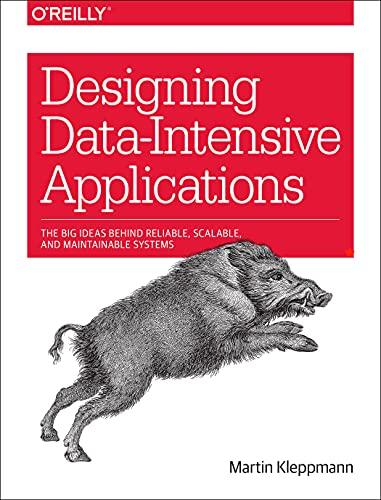Intellectual Property--Copyright No area of law has been more affected by digital media than intellectual property. The case with which digital works can be reproduced, manipulated, and shared has transformed copyright law, in particular, from the realm of the obscure into a subject that lay people genuinely want to understand. And if they have difficulty understanding, it is no wonder. The law is very much still in transition as lawmakers struggle to adapt copyright protection to a fluid medium while maintaining a balance between the rights of copyright holders and copyright users. The struggle has met with mixed success. Efforts to protect copyright holders against digital piracy have changed assumptions about fair use and criminalized some forms of conduct that were formerly protected. Changes in the law to make it more consistent with copyright in other countries have provided better international protection for U.S. works, but also kept millions of works out of the public domain. Meanwhile, although courts are reaching a greater consensus on how copyright protection applies online, there are still areas of litigation, particularly regarding file sharing, that have produced contradictory opinions. Chapter 7 (your reading assignment) discusses what can and cannot be copyrighted, what constitutes infringement and how to avoid it, fair use, file trading sampling, and the First Amendment implications of copyright law. Source and Purpose of intellectual Property Protection The Constitution's copyright and patent clause empowers Congress "To promote the Progress of Science and useful Arts, by securing for limited Times to Authors and Inventors the exclusive Right to their respective Writings and Discoveries. Implicit is the assumption that people will produce more creative work if they are guaranteed protection for the fruits of their labors. If others can exploit their work for personal benefit without contributing to its production, creators have less of an incentive to produce. Intellectual property protection is not unlimited, however. It is counterbalanced by the notion that after a certain period of time the work should move into the public domain, where it will be accessible to others who also may use it to contribute to the body of knowledge. Although we may speak of intellectual property owners, copyrights and patents are not permanent property rights in the traditional sense. They are actually limited monopoly rights. Read chapters and 8 and discuss the following: Intellectual Property Patents Trademarks Trade Secrets







